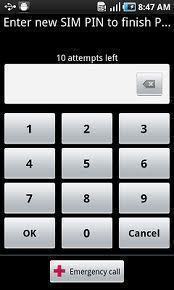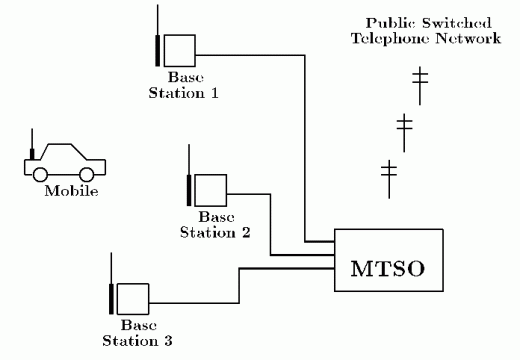Caller ID is a telephone service that provides the caller’s phone number and name to the receiver. This data is either displayed on the phone itself or on a caller ID box that is attached to the phone. Most phone providers charge a small fee for this service. It helps people to identify prank callers, telemarketers, and other undesirable callers before picking up the phone. Not surprisingly, caller ID is not a 100% reliable as it can be fooled.
What is Caller ID Spoofing?
Caller ID spoofing is the act of fooling caller ID into thinking that a different person is calling the receiver. The information displayed on caller ID systems is a basic string of text data that is transmitted in between the first and second ring of a normal telephone call. Many VoIP call services will fool caller ID on purpose in order to avoid charges based on call origin. Many phone systems base call charges on the caller ID information transmitted with a phone call. Others may fool caller ID in order to play a prank or maintain the privacy of their personal phone number when calling others.
How to Fool Caller ID
The oldest way to prevent a phone number from showing up on another person’s caller ID is to use #67. This merely causes the phone number to show up as unknown on the receiver’s phone, which may result in them not answering the phone.
How to Fool Caller ID with Third Party Software
Over the past few years, a number of third-party applications that spoof or “bluff” the originating phone number have been introduced. One of the popular apps for jailbroken iPhones, the Android, and Blackberry is the BluffMyCall app, which allows users to download and try the app for free. Once the app is downloaded and installed, the number to be displayed on the receiving person’s phone can be modified. The app also allows users to change their voices and record one minute phone calls in the United States for free.
Another popular third party software application used to fool caller ID is SpoofCard. SpoofCard has a bit more market penetration than BluffMyCall as it supports far more mobile phone operating systems (OS’s). These include Android, Blackberry, iPhone, Palm Pre, and Windows Mobile. Once the app is installed, enter the caller’s information (name and number to be used for the caller ID) via the text menu, then press or tap the “Place Call” menu button.There is a cost associated with this app. Most users pay a monthly fee based on their service contract and they are free to make SpoofCard part of their service contract.
The app will only cost more if the user exceeds the use limit expressed in his/her monthly contract.




CarlB
I’d suspect that most of the bogus caller-ID information is generated using voice-over-IP gateway services… these were designed for VoIP resellers who buy large blocks of direct-inbound-dialable numbers in areas where they don’t have their own hardware installed (or sell large blocks in exchanges where they have their own facilities) and separately buy or sell large blocks of outbound calling minutes in various localities. Depending on the provider, it may be possible to originate a telephone call from the Internet and have it terminate on old-fashioned POTS (plain ol’ telephone service) in another region or another nation almost anywhere worldwide – with any arbitrary number in the caller ID field. This is prone to abuse by telemarketers and others, sadly.